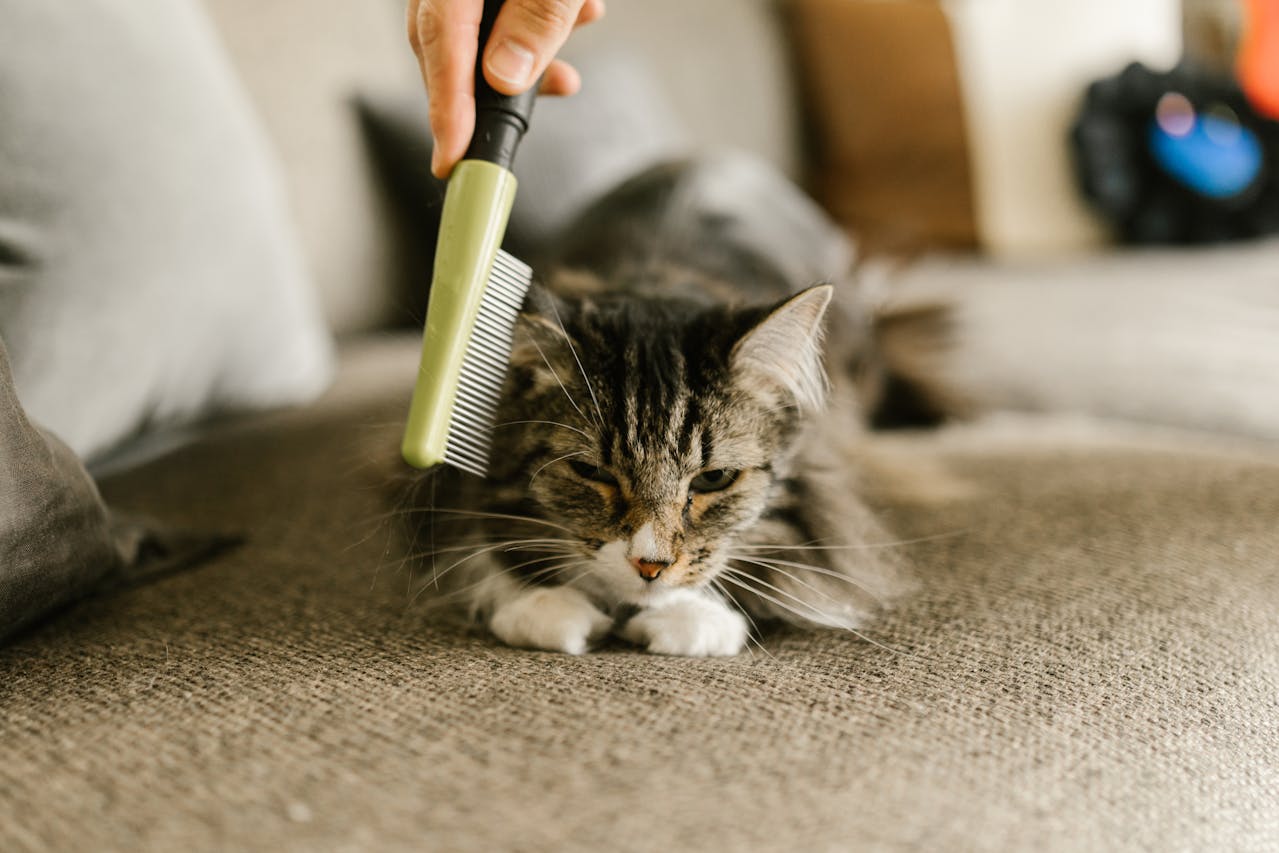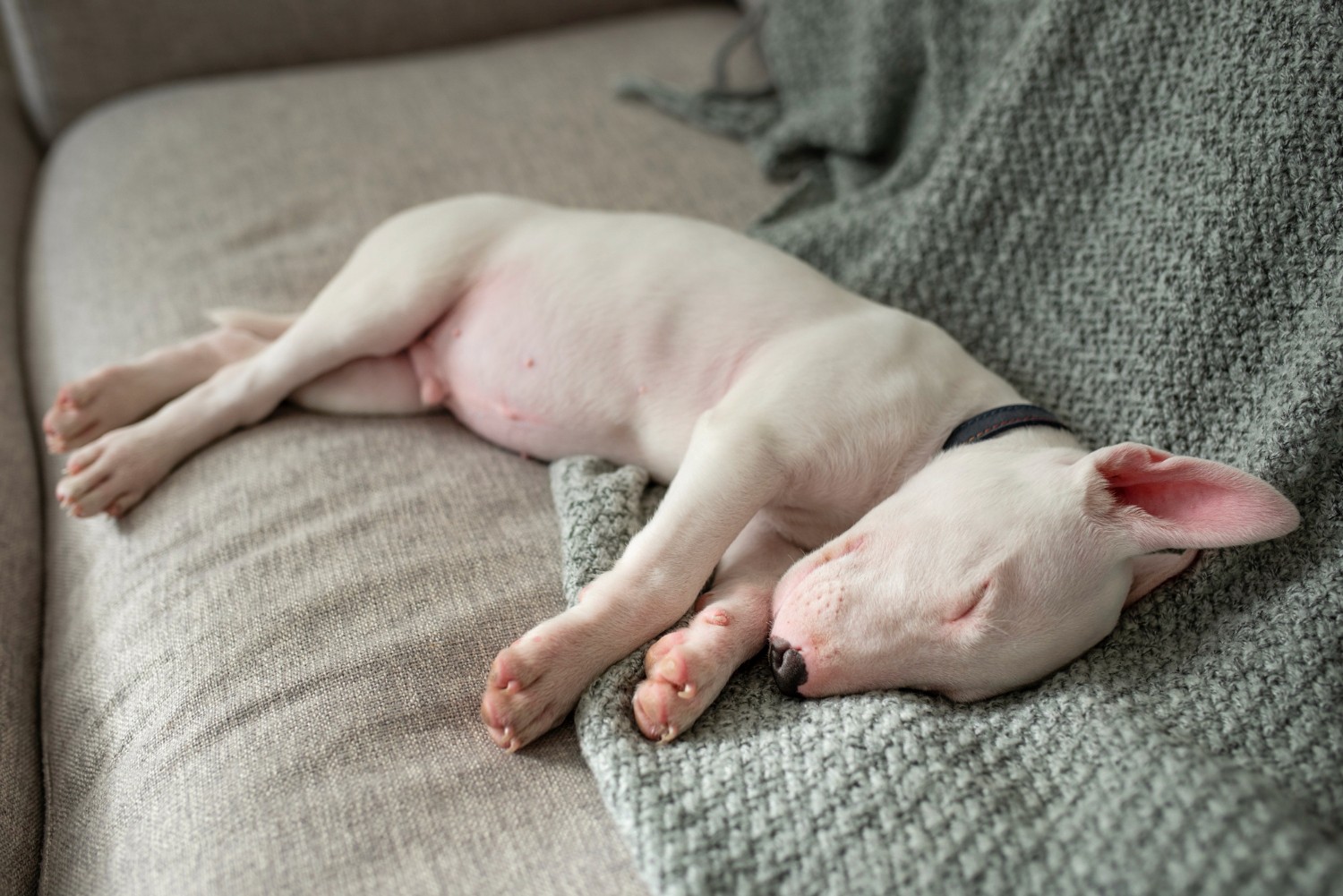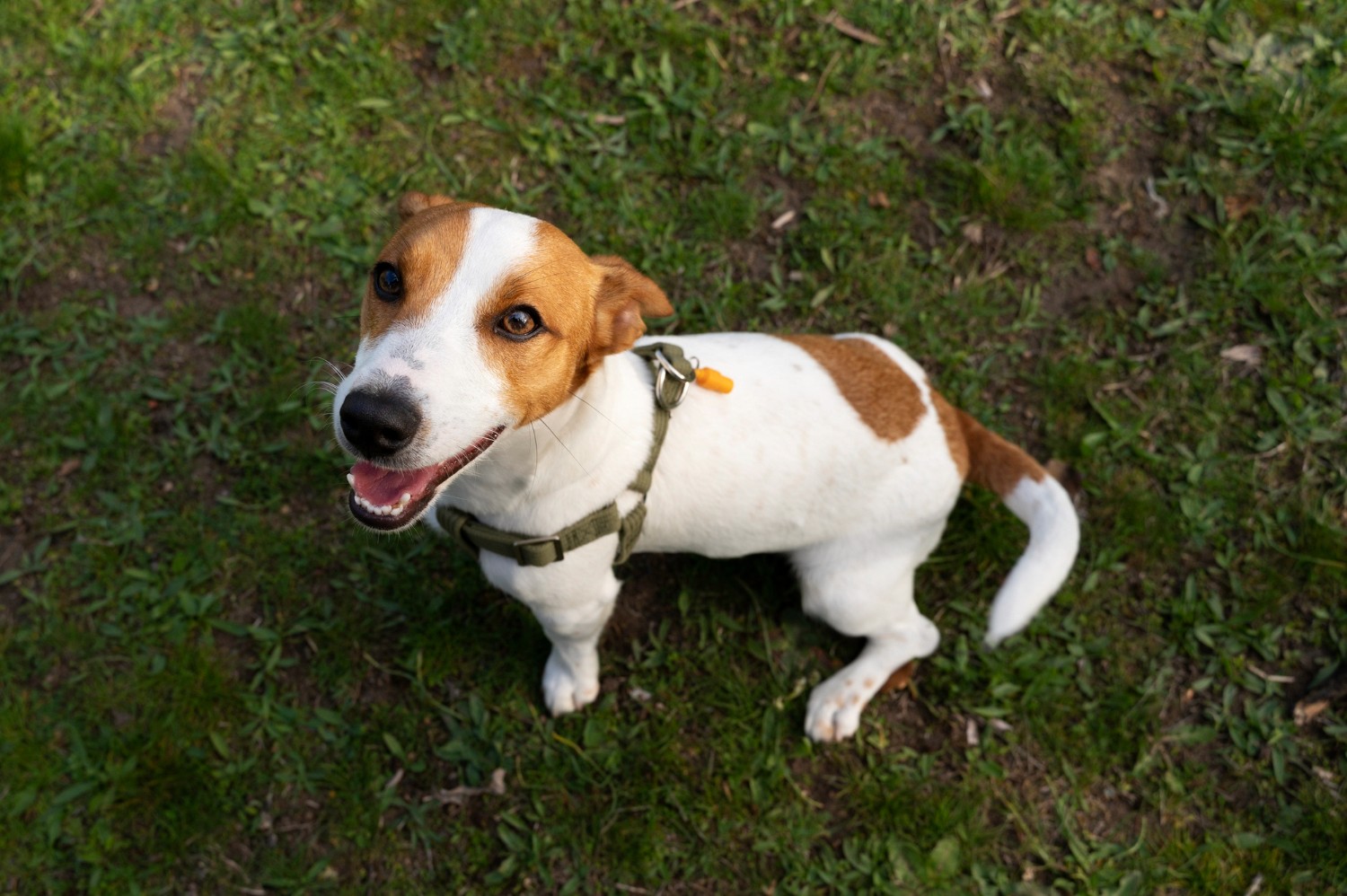Dogs
Jul 25, 2025
Caring for a puppy isn’t always as simple as it looks. While they’re cute and playful, puppies require routine, training, and proper healthcare to develop into healthy adult dogs. Feeding schedules, toilet training, early socialisation, and regular vet visits all play a role. If you’re not sure where to start, don’t worry!
In this guide, you’ll learn how to take care of a puppy at every stage, from first vaccinations to basic training. You’ll also find feeding tips, grooming advice, and clear routines that help avoid common mistakes. Whether you’ve just adopted or are preparing to bring a puppy home, these practical tips will help you raise a happy, well-behaved dog from day one.
Before You Bring Your Puppy Home
Bringing a puppy home is more than a heartwarming moment; it’s a long-term commitment. Before you dive in, ask yourself: Are you prepared for round-the-clock feedings, frequent toilet breaks, daily training, regular vet visits, and the occasional sleepless night? That’s the reality of how to take care of a puppy. Take a moment to honestly consider whether your lifestyle, time, and budget can support a growing dog. If you're ready, here are the key things to keep in mind before bringing your puppy home:
Choose Ethical Adoption or Breeding Sources
Whenever possible, adopt from a reputable local rescue or shelter. Not only are you giving a dog a second chance, but these organisations often provide early health checks and behavioural assessments.
If you choose to purchase from a breeder, prioritise those who follow ethical breeding practices. Responsible breeders will willingly provide health clearances, documentation, and allow you to meet the puppy’s parents. Avoid pet shops and online sellers linked to unethical breeding operations or puppy mills.
Prepare Your Home for Safety and Comfort
Before your puppy arrives, take steps to make your home a safe environment:
Remove choking hazards, such as small toys and loose items.
Secure electrical cords and other potential chew targets.
Store cleaning products and chemicals in locked cabinets.
Think from a puppy’s perspective: if they can reach it, they can chew it.
Proper preparation helps minimise accidents, reduces stress, and creates a welcoming, secure space for your new companion. This step is crucial in understanding how to take care of a puppy responsibly.
Key Stages in Your Puppy’s Growth and Development
Bringing home a puppy marks the start of an important adjustment period. These early weeks focus on building trust and setting a calm, consistent routine for healthy growth. From crate training to early vet visits, this stage lays the groundwork for your puppy’s overall well-being and shows you how to take care of a puppy the right way.
Puppy’s First Weeks (Eight to Twelve Weeks)
Your puppy’s first weeks at home are where the real bonding begins. This is when habits form, trust builds, and a lifelong connection starts to grow. Set up a cosy crate or small pen in a quiet corner with soft bedding. Use it only for rest or sleeping so the puppy sees it as a safe space, not a punishment.
Begin deworming and vaccinations as soon as possible. Puppies typically receive rounds every two to four weeks between six and sixteen weeks, protecting them from parvovirus, distemper, and hepatitis. Noble Veterinary Clinics can help you build a safe, timely vaccination schedule suited to your puppy’s needs.
Feeding Tips
Feed a high-quality puppy diet.
Offer four meals a day from eight to twelve weeks of age.
Reduce to three meals a day after twelve weeks, continuing until around four months.
Treats should make up less than 10% of your puppy’s daily intake.
Always provide fresh, clean water.
Monitor food intake daily for any signs of change or concern.
Early Toilet Training Steps
Start toilet training as early as possible.
Take your puppy outside after naps, meals, playtime, and first thing in the morning.
Offer praise or a small treat when they go in the right spot.
Keep trips short and consistent; these work better than long sessions.
Focus on building a routine your puppy will learn to follow.
Progressive Development (Twelve Weeks to Six Months)

Around three months old, your puppy hits a big growth stage, one that lasts up to six months. This is when their personality, habits, and confidence really start to take shape. Here are some simple tips to help guide them through it:
1. Training Frequency and Techniques
During this stage, training should be consistent but kept short to match your puppy’s attention span. Aim for 10-minute sessions, two to three times a day. Start with the basics, teaching simple but important commands like “sit,” “come,” and “leave.”
Stick to positive reinforcement, reward the good stuff with treats or praise, and try to ignore the things you don’t want. This helps your pup learn faster and feel more confident. If training feels tough, no worries! A professional dog trainer can help reinforce the basics and give your puppy a chance to socialise in a safe, guided setting. These lessons are a great part of how to take care of a puppy with long-term success.
2. Vaccination and Worming Schedules
Continue booster vaccinations and worming treatments until your puppy reaches about six months of age. This schedule is crucial for building a strong immune system and safeguarding against common diseases. Following your veterinarian’s recommended protocols ensures your puppy is fully protected before interacting with unfamiliar dogs or exploring public spaces.
3. Age-Appropriate Exercise
Exercise should match your puppy’s age. Use the “five minute per month” rule. For example, a four-month-old puppy needs about 10 minutes of play or walking twice a day. Avoid overexercising, as their joints are still developing. Knowing the right activity level is part of how to take care of a puppy and supports healthy growth.
4. Teething Support
Between 12 and 16 weeks, teething can get pretty uncomfortable for puppies. Help ease the pain by offering safe chew options like durable rubber toys, frozen carrots, or chilled teething rings. This not only soothes their gums but also keeps their chewing focused on the right things.
5. Establishing Dental Hygiene
Dental care should start early to form lifelong habits. Once your puppy is comfortable with handling, begin brushing its teeth using a soft toothbrush and dog-specific toothpaste. Gentle introduction and consistency help reduce plaque buildup and prevent dental diseases as your puppy grows. Keeping up with dental hygiene is an essential part of how to take care of a puppy and supports their overall health.
Adolescent Stage (Six to Eighteen Months)

Your puppy is now more independent and full of energy. It’s a prime time for spaying or neutering, usually around six to twelve months, though this varies by breed and size. Discuss timing with your vet. Early surgery can reduce behaviour issues and the risk of specific health problems. Your vet will guide you best.
During vet visits, your puppy may also be evaluated for joint health, bone development, or unusual symptoms. In such cases, diagnostic imaging like X-rays or ultrasound might be recommended. Noble Veterinary Clinics provides advanced imaging services to ensure accurate diagnoses and timely treatment as your puppy grows.
For better mental stimulation, training can move to the next level. This can include:
Teach more difficult commands
Practice loose-lead walking
Introduce mental challenges like hide-and-seek or food-puzzle toys
These tips help your pup stay calm and entertained, making it easier for them to settle in. This stage is key in learning how to take care of a puppy through their teenage phase.
Additionally, the transition from puppy to adult food typically occurs around their first birthday. Make the change gradually over a week or two to avoid tummy upset. Continue the grooming routine weekly:
Brush coat
Clean ears
Replace your bedding regularly
Consider regular visits to a professional pet groomer during this stage to help your puppy become comfortable with the process and different handling. Early familiarisation reduces the stress of grooming sessions later in life.
Frequently Asked Questions
How long can I leave my puppy alone during the day?
Puppies should only be left alone for 1 to 2 hours at a time. As they grow, you can slowly increase the time. Always give them a toilet break, some play, and a safe space like a crate or pen before you leave. Knowing this is essential when learning how to take care of a puppy, as it helps ensure they feel secure and comfortable while you're away.
When should I start leash training my puppy?
Start as early as 8 weeks. Begin with a lightweight collar or harness indoors, then add a leash for short, positive sessions around the house or yard. Leash training is an essential part of learning how to take care of a puppy, as it helps build good habits and strengthens your bond early on.
Is it normal for my puppy to sleep a lot?
Yes, puppies need 16 to 20 hours of sleep daily. It’s vital for growth and brain development. Let them rest without too many interruptions.
How do I prevent separation anxiety?
Start with short periods alone and gradually increase the time. Keep departures calm and quiet, and leave a toy or chew to help them feel relaxed. Preventing separation anxiety is a key part of understanding how to take care of a puppy, especially during their early developmental stages.
What treats are safe for training?
Use soft, bite-sized puppy treats or small pieces of boiled chicken. Avoid anything salty, sugary, or too rich.





